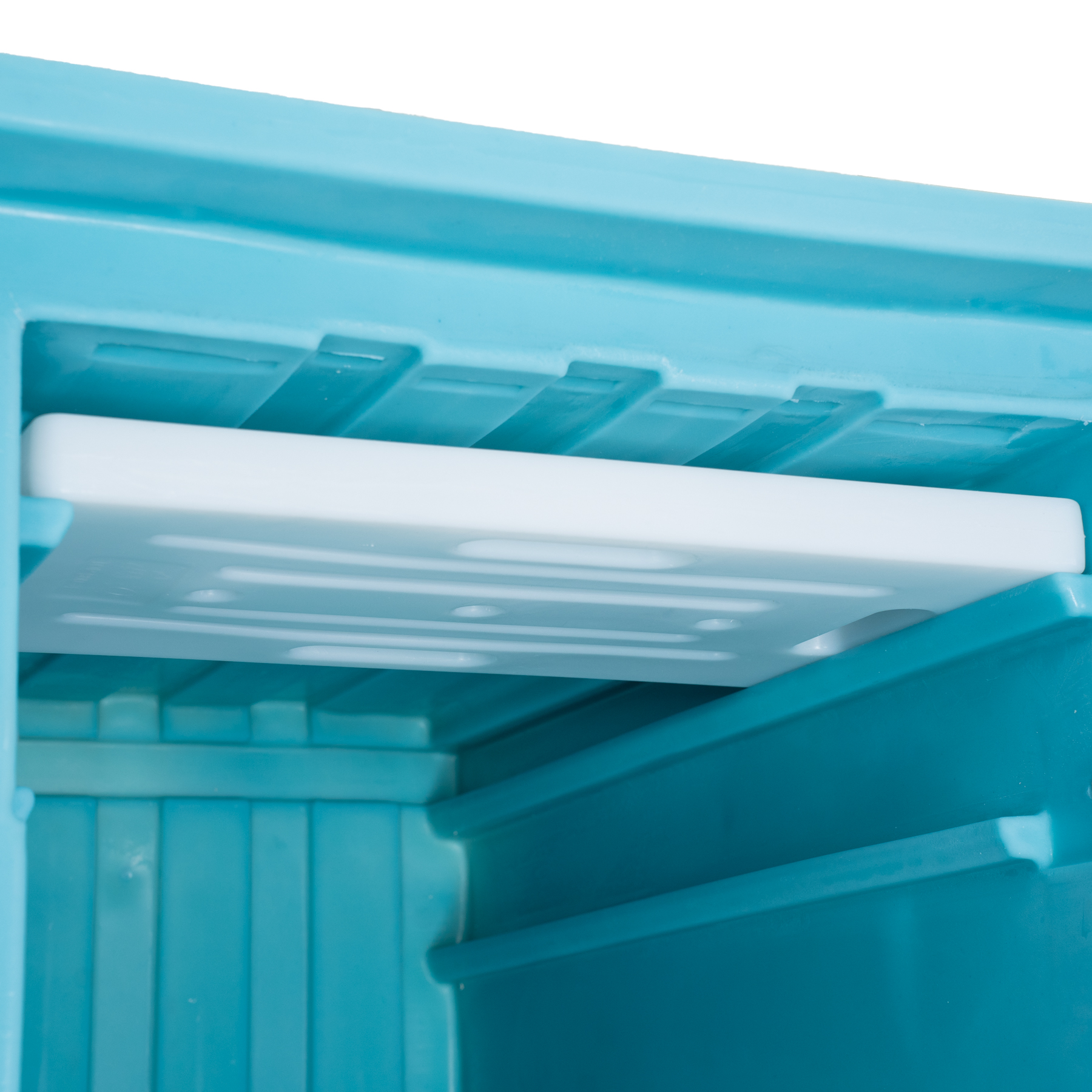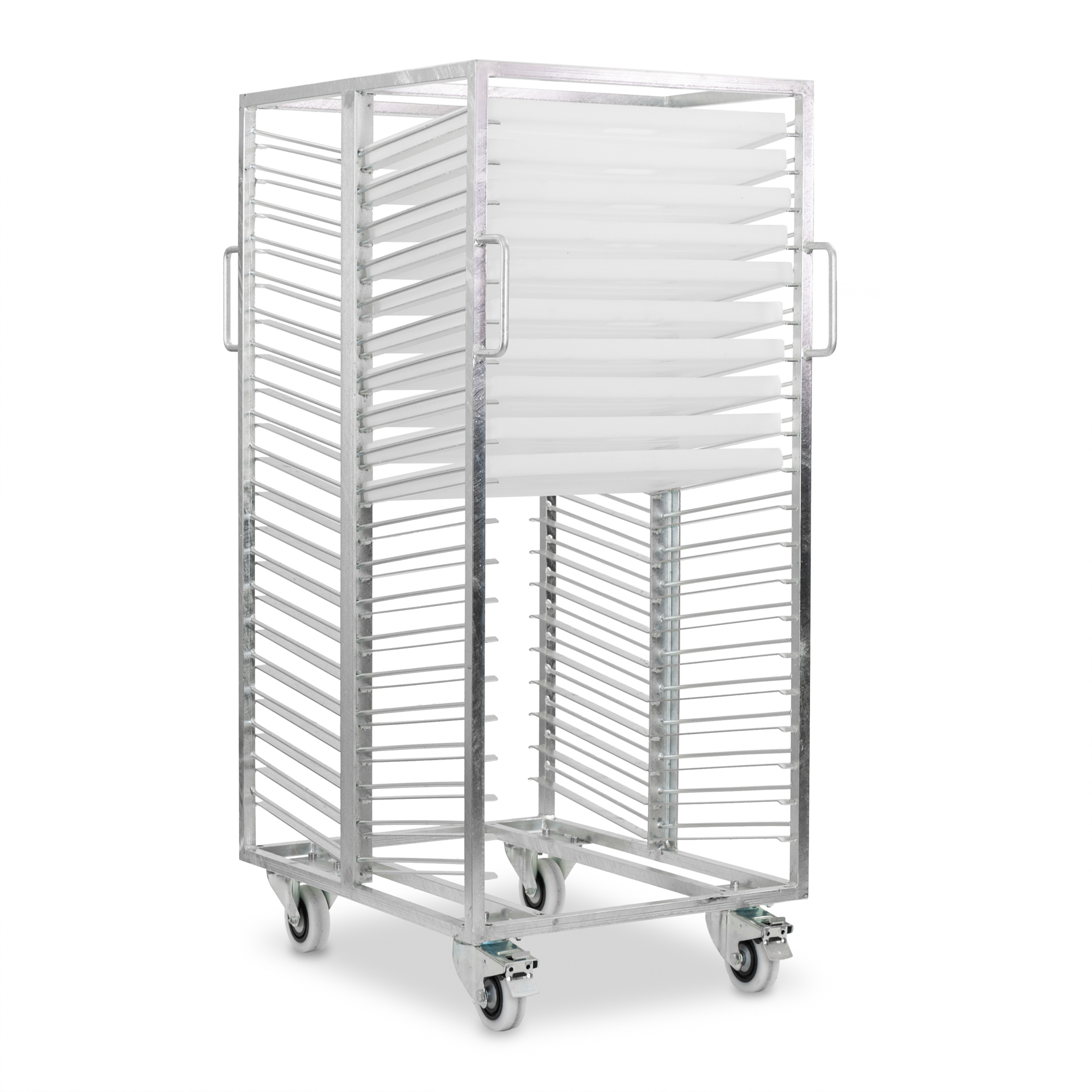How to optimize logistics flows and address supply chain challenges in food retail by 2025?
4 June 2025 by Edina GÁLFI
9 January 2025 by Edina GÁLFI

In the sector of transporting temperature-sensitive products, maintaining a continuous specific temperature is crucial for ensuring product quality and safety. Eutectic plates are thermal devices that use the principle of latent heat to regulate the temperature inside containers. This article explores the role of eutectic plates, their operation, and best practices for using them effectively.
A eutectic plate is a rigid container, typically made of stainless steel or plastic, containing a eutectic solution. This mixture has the unique property of melting and solidifying at a constant temperature, which helps maintain a stable temperature. The phase change process, from solid to liquid and vice versa, allows the plate to absorb or release heat, ensuring a constant cooling effect that is crucial for preserving temperature-sensitive products.
Better suited for medium-sized operations, the eutectic plate is a simple cooling system that can maintain the temperature of goods for up to 12 to 24 hours. The duration can be extended depending on the amount of cooling required.
Cold accumulators, also known as eutectic plates, come in two main categories: rigid and flexible.
Rigid accumulators, such as Olivo’s rotationally molded plates, are preferred in logistics for several reasons:
In contrast, flexible accumulators have several drawbacks:


A eutectic liquid is a mixture of two or more pure substances that, unlike traditional mixtures, melt or solidify at a uniform temperature, known as the eutectic point. This unique behavior makes eutectic solutions ideal materials for precise temperature control.
Olivo’s range of eutectic liquids features formulas designed for a wide range of melting temperatures, tailored to various logistical needs. For example, the eutectic liquid at -21°C, while commonly used, requires special attention. To ensure complete solidification, it must be frozen in an environment where the temperature drops 5°C below -22.5°C, its actual melting temperature.
Heat transfer is at the core of how eutectic plates work. When a plate is in a solid state, it absorbs energy from the environment, gradually warming up until it becomes liquid. Conversely, when it is liquid, it releases energy, cooling down until it solidifies.
Before use, eutectic plates must be stabilized at the appropriate temperature in a freezer or refrigerator. This stabilization process is essential to ensure that the plates are ready to maintain the desired temperature throughout transport.
Store the eutectic plates in a cold chamber with a stabilized temperature.
Cold chamber temperature < -5°C the eutectic plate’s melting temperature. The plate should be charged for a minimum of 24 hours. Without meeting these conditions, we cannot guarantee the quality of freezing or the maintenance of the transported products’ temperature.


Eutectic plates can be used reversibly, in either a liquid or solid state, depending on various logistical parameters.
Eutectic plates are essential tools for the safe transport of temperature-sensitive products. Their ability to maintain a constant temperature, whether above or below the ambient temperature, makes them an ideal choice for logistics companies. By understanding their operation, composition, and best practices for implementation, professionals can optimize their supply chain, reduce product loss, and ensure customer satisfaction.
Optimizing the use of eutectic plates requires a thorough understanding of thermodynamics and attention to detail at every stage of the logistics process.
